Anyone who’s ever started a retail business will hear one constant thing: location, location, location.
It’s how the old cliché goes, because the old cliché works. Nothing matters more than where your place is situated because foot traffic, arguably the most important key performance indicator for any traditional restaurant, depends on how accessible the establishment is.
It must follow, then, that putting your place up somewhere that doesn’t get as much foot traffic is asking for trouble. There’s nothing that irritates customers more than a long drive or walk to the middle of nowhere with labyrinthian side streets and indecipherable directions, just to get something to eat. This is why fast food joints thrive in malls and commercial complexes, and property values along major roads soar.
The most expensive average land rates in different Metro Manila areas:
- BGC: P1,700 to P3,000 per square meter
- Salcedo Village, Makati: P1,800 to P2,500 per square meter
- Katipunan: P1,200 to P1,800 per square meter
- Ortigas: P1,200 per square meter
- Poblacion: P600 to P900 per square meter
When you compare it to areas that aren’t your most popular business districts, you notice a huge difference:
- Tomas Morato: P400 to P700 per square meter
- Marikina: P300 to P600 per square meter
So it would only make sense that budding entrepreneurs, or at least those restricted by a tighter budget, would try to make it work elsewhere.
But what if someone told you that there is a way to buck the tried-and-tested formula, whether your reason is money or something else? More traditional business owners would balk at the idea of setting up a restaurant away from the bustle, but this is a concept working in the age of the internet. Word of mouth travels faster through the lightning pathways of social media, through every little pretty picture posted on Facebook, Twitter, and Instagram.
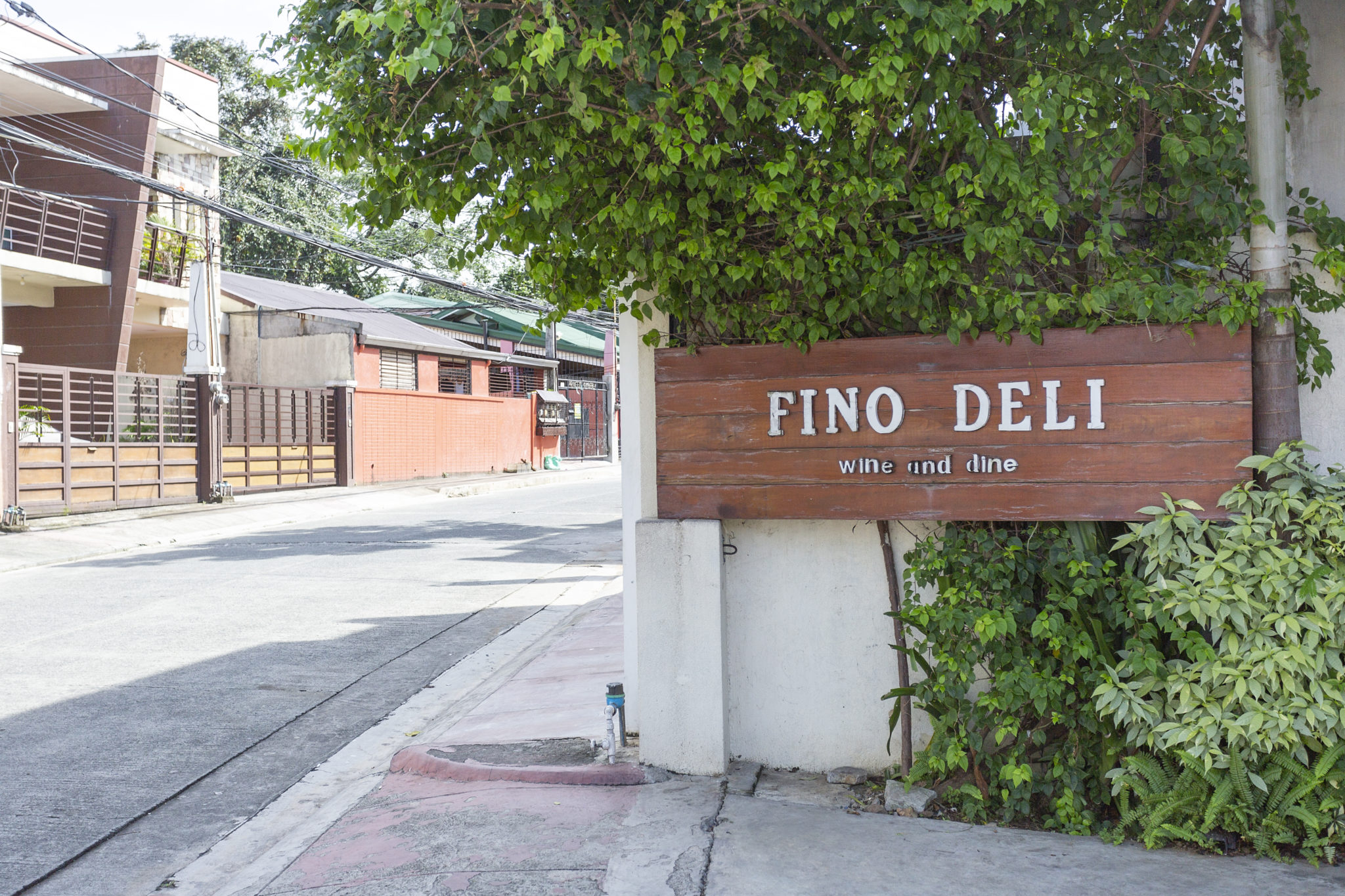
After all, hasn’t this movement contributed to the discovery of quaint, hidden eateries in food capitals overseas, like the tucked-away ramen shops in Japan, the secret pho and banh mi cafes in Vietnam, the out-of-the-way but stunning noodle places in Hong Kong, and their kin around the world?
And hasn’t the romanticizing of such joints helped spur that trend as an intentional aesthetic in more upscale places—as in the rise of challenging-to-find speakeasies around Makati, to name one?
And sometimes, setting up shop in an unusual location is either the intention or the only way for some restaurateurs. Some cities and locations are cheaper to buy or lease in than others, and for owners on a budget, going for this and making up for it with some quality food, service, promotion, marketing, and experience is the strategy they choose to go with. After all, what’s a good location if no one’s heard of you, for one reason or another? And what if that reason is because nobody likes eating at your restaurant?
Sweet spots
Take for example Flossom Kitchen + Cafe in San Juan. When you open a restaurant in San Juan, you’re probably going to want to open somewhere close to the Greenhills shopping area.
Not this café, though. It’s located in the middle of the city’s trademark winding, hilly neighborhoods. The streets are tight and parking is a little scarce (though they’ve added more space), but the modern comfort food café has been doing well, mostly due to word of mouth and the fact that their location is a lot in a residential area.
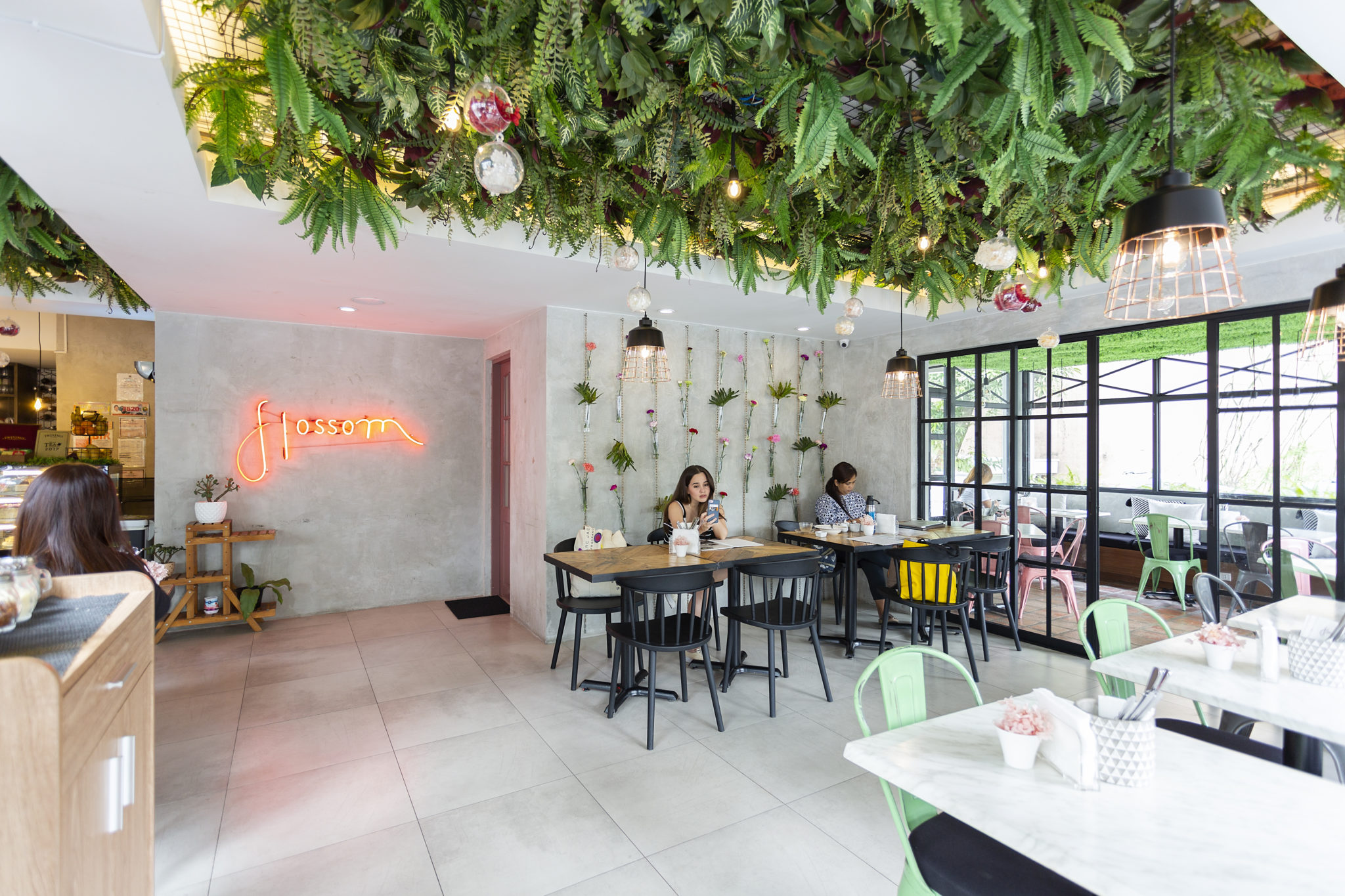
“We were very lucky that our neighbors started spreading the news,” says Flossom marketing manager Janna Arceo, who left her corporate job after Flossom co-owner Jessica Wong left the same office. Now she helps run Flossom with Wong and other co-owner Betrina Lee. “And Rustan’s is quite near. So anyone who would do their grocery, when they pass by here, would see us. And another reason why we got foot traffic is because of Waze. When Waze reroutes because of traffic on P. Guevara, people notice us.”
For the owners of Flossom, it wasn’t so much the financial circumstances that led them to set up just outside the main commercial areas of San Juan but rather their desire to run a business in the city. The neighborhood location was the only option they had in San Juan, and they immediately decided to take it. The serendipity they encountered, coupled with the promise they delivered on, allowed them to reap the rewards.
The story of Marikina’s Fino Deli is similar to Flossom’s.
Owner Alain Grageda, a Marikeño, wanted a Marikeño-run restaurant right in the heart of his hometown, so he put up the first Italian-Spanish wine bar in Marikina.
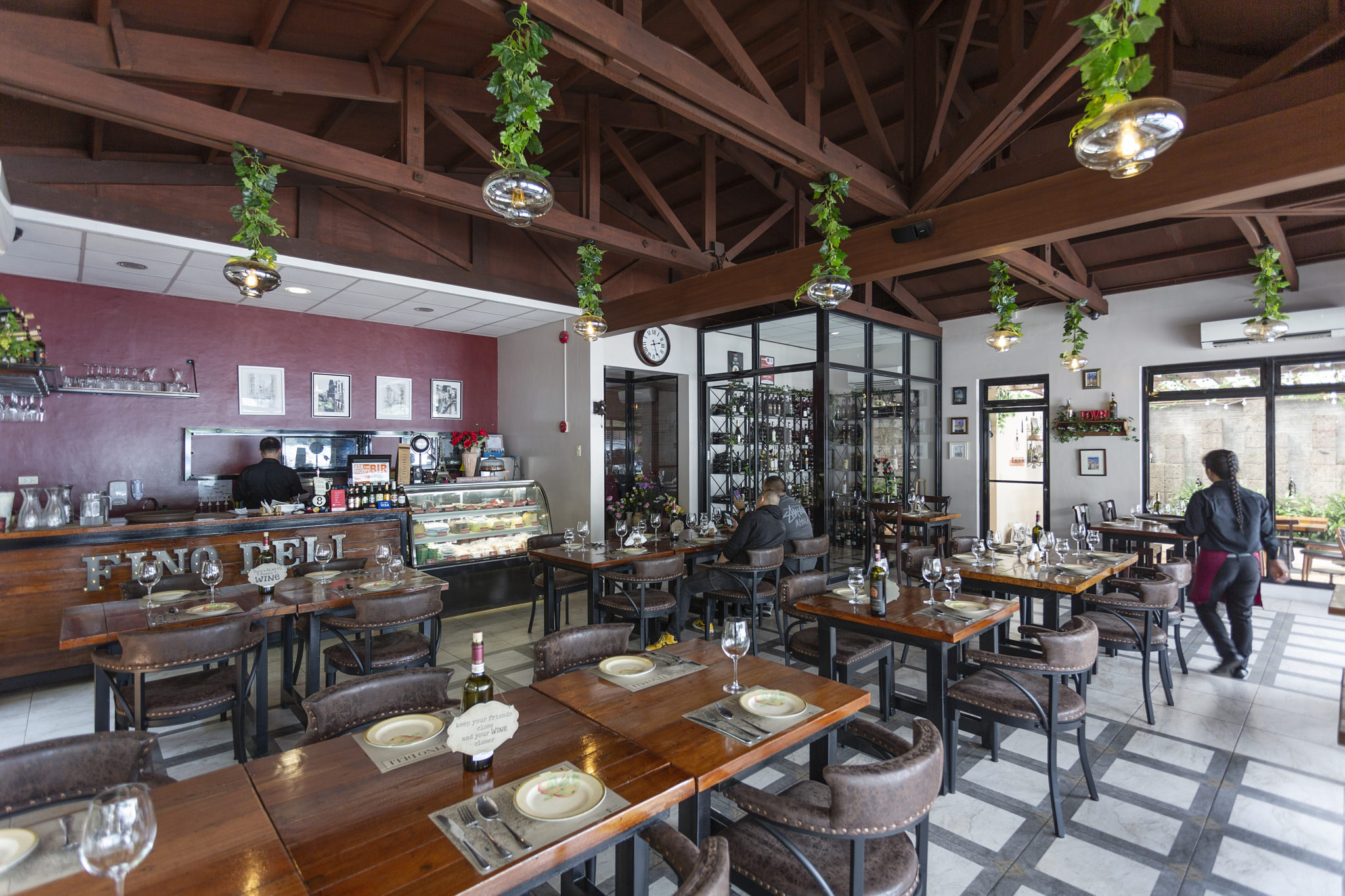

“Our goal is to change the lifestyle of Marikeños,” says Grageda, “by giving them an experience of wine, food, and service. I was born here in Marikina, I grew up here, and our first business is here. We are also importers of milk powder, and then we had an opportunity to import wines. That’s the reason why I put up a wine bar.”
Grageda acknowledges that Fino Deli’s location—a wine bar converted from a large house and lot in the middle of the suburbs in Marikina (which is 15 to 20 minutes away from Katipunan Avenue on a really, really good day)—is quite odd, but he’s confident enough in his establishment that it won’t fail. And it hasn’t, as Fino Deli has been around for three years and has become a neighborhood staple.
More traditional business owners would balk at the idea of setting up a restaurant away from the bustle, but this is a concept working in the age of the internet.
He also mentions that it’s had a roundabout effect of somehow alleviating the city’s traffic woes. “People go to the main street, then it’s traffic everywhere, so they’re wasting time,” says Grageda. “So we decided to put up a restaurant in the suburbs, near houses, so they can have a five- to 10-minute drive and drink wine and enjoy food.”
Good gamble
For the owners of Italian restaurant La Spezia in Tomas Morato, the hidden, out-of-the-way restaurants of Italy and Europe were sort of the inspirations for their place. While it was largely a coincidence that La Spezia can be found just a way off from the main street of Morato, it was also their choice to set up shop in the quaint space they found.
“We were looking for the same type of aesthetics in San Juan—an old house that’s out-of-the-way, not on the main road,” say owners Sean Yuquimpo and Aaron Shiu, the latter of whom also serves as the chef. They were inspired to try out an Italian restaurant after spending time in Europe studying.
“But the offer didn’t go through. So it was a coincidence that we looked in Tomas Morato, even though we knew it was a different market and commercialized. The main roads were all full and right when we were about to give up hope, we passed by here and a ‘For Lease’ sign suddenly fell. The landlord was right outside, the person he was going to meet no-showed, so we stepped in.”
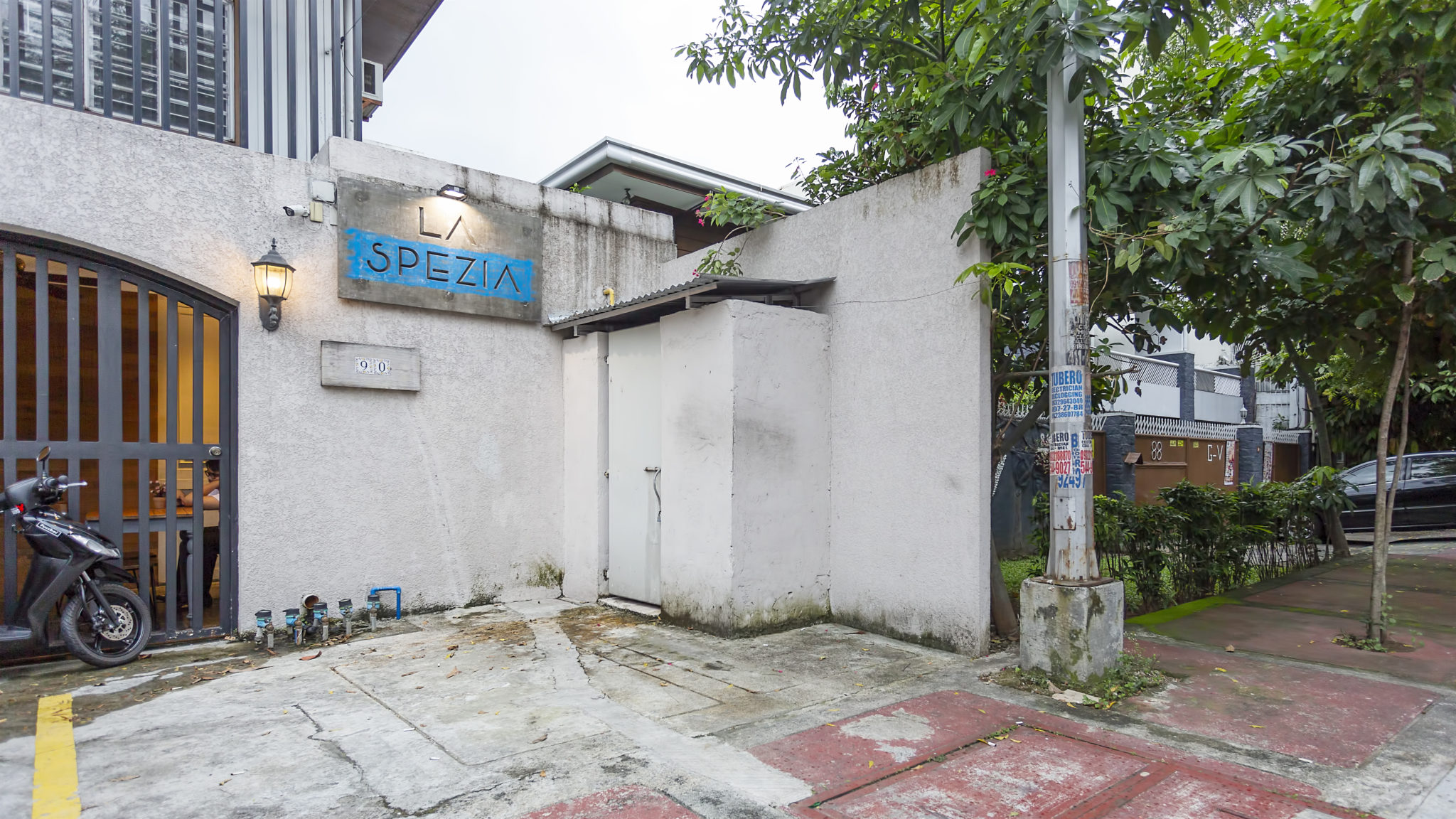
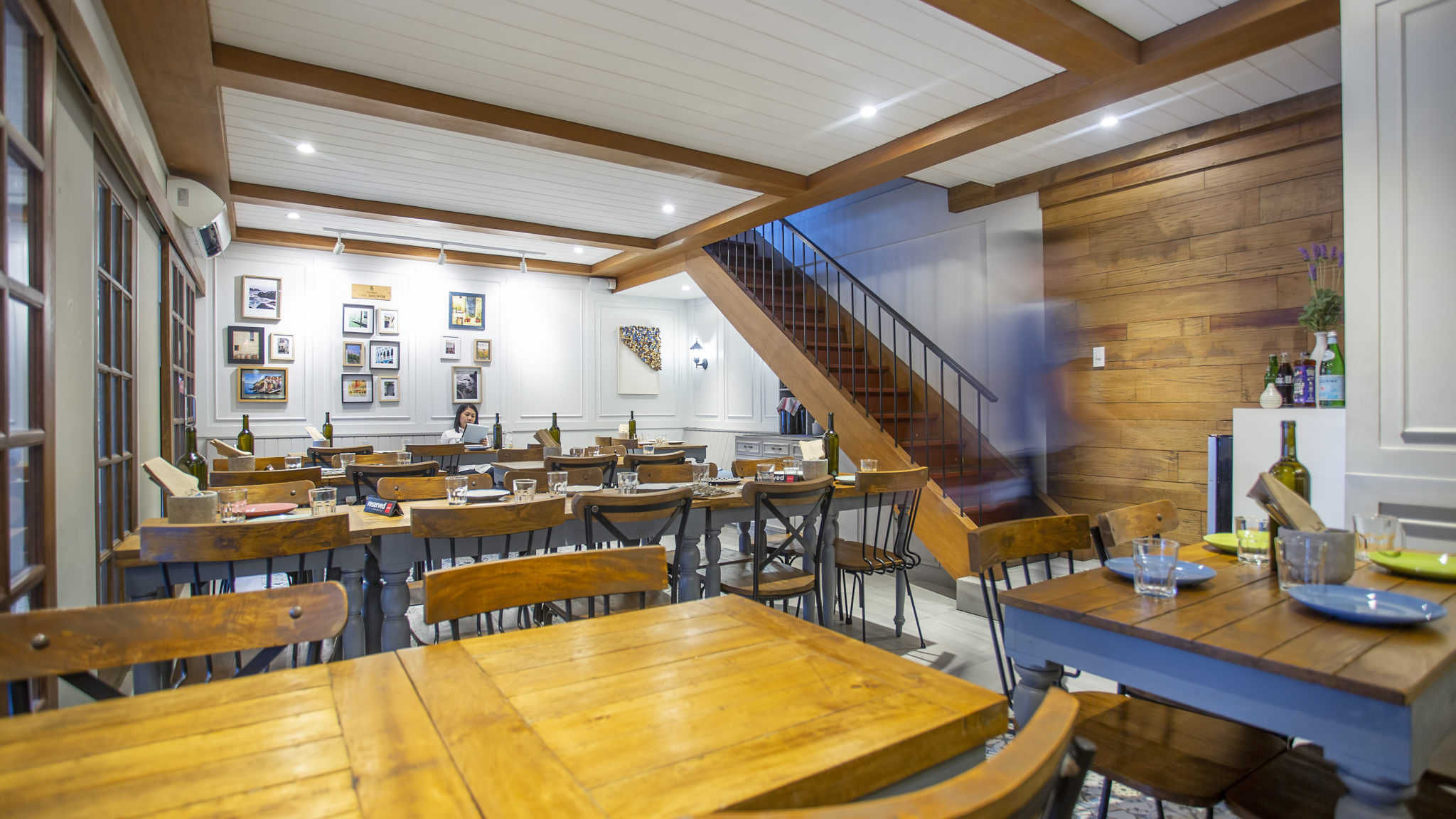
They seemed to be the only restaurateurs in this story who faced some skepticism about the location. They faced doubts from just about everyone on La Spezia’s viability, citing reasons like the exact spot, the lack of traffic therein, and no easily visible signage (you’d have to look a little closer to find the restaurant, as it looks like the ground floor of any other townhouse).
Shiu and Yuquimpo simply placed faith on the fact that people would notice, and deliberately made their choices so that the seeming lack of hype would draw its own attention, sort of in a paradoxical way. Sure enough, the customers came, and La Spezia does pretty well for an inconspicuous restaurant.
If you build it
If there’s anything these three restaurants prove, it’s that with the right approach to marketing and, more importantly, food and service, just about any place anywhere will do well. It’s now easier than ever to share a restaurant no matter where it is—whether it’s high up in the mountains or on a different island, or in the snaking heart of a city foreign to most—and, in the process, uncover what was once a secret.
As long as there’s something good to share about you and your establishment, owners need not worry.
Originally published in F&B Report Vol. 15 No. 5





The article would have been an interesting read except that upon seeing the accompanying photos of the restaurants show a lot of empty seats!